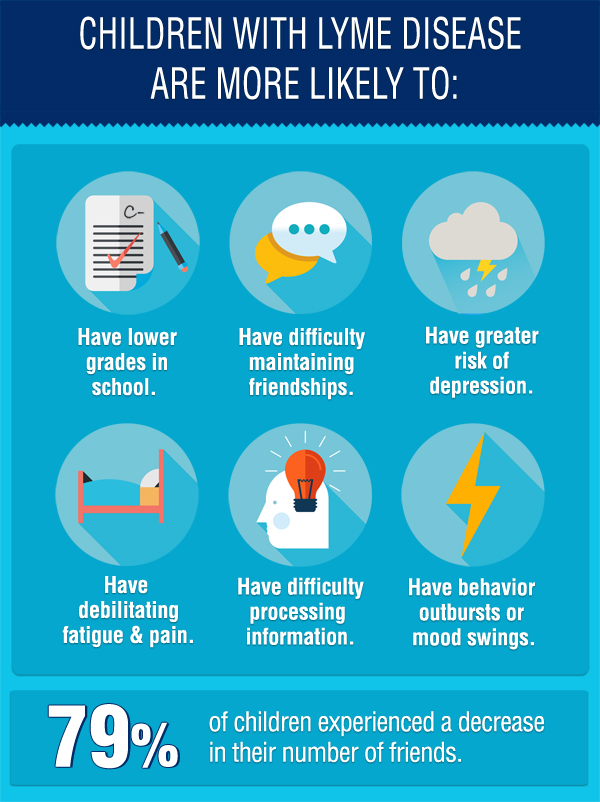-
Compare Today’s Best Clonazepam (Klonopin) Generics for Lowest Cost
Klonopin exhibits various pharmacological effects, including anticonvulsant, anxiolytic, sedative, and central muscle relaxant properties.
The drug interacts with specific benzodiazepine receptors located in the postsynaptic GABAA receptor complex within the limbic system of the brain, hypothalamus, ascending reticular activating system, and the interneurons of the lateral horns of the spinal cord. By enhancing the sensitivity of GABA receptors to the neurotransmitter (GABA), Klonopin increases the frequency of opening of neuron channels, allowing chloride ions to enter the cytoplasmic membrane. Consequently, this leads to an intensified inhibitory effect of GABA, resulting in the suppression of intraneuronal transmission within corresponding parts of the central nervous system.
Clinically, Klonopin demonstrates robust and long-lasting anticonvulsant effects. It also possesses anti-phobic, sedative (particularly notable during the initial stages of treatment), muscle relaxant, and moderately hypnotic effects.
Indications for Use
Klonopin is indicated for the treatment of various conditions in both adults and children, including:
- All forms of epilepsy, particularly akinetic, myoclonic, and temporal lobe seizures (focal)
- Focal seizures (simple and complex)
- Secondary generalized seizures
- Petit mal seizures, including atypical ones
- Primary and secondary tonic-clonic seizures (grand mal seizures)
- Myoclonic and clonic seizure attacks and other states of psychomotor agitation
- Lenox-Gastaut syndrome
- Panic disorder and phobias (especially agoraphobia), except for patients under 18 years old.
Effects
Due to its potent activity, Klonopin is prescribed for short-term courses. Although it is not a neuroleptic (antipsychotic), it can be used as part of complex treatment for neuropsychiatric disorders, exhibiting the following effects:
- Rapid muscle relaxation
- Alleviation of seizures, tremors, and twitching
- Pronounced sedative effect
- Relief of fear and anxiety attacks
- Suppression of mania or aggression resulting from acute psychosis
- Normalization of sleep patterns
This tranquilizer demonstrates more pronounced effects compared to other benzodiazepines. In certain instances, it is used as a component of combination therapy for bipolar disorder due to its capacity to alleviate anxiety symptoms.
Administration and Dosage
The dosage of Klonopin is tailored to each individual, taking into account their response to the medication. Treatment should commence with a small dose, typically 0.5 mg. Subsequently, the dosage may be gradually increased by 0.5-1 mg every three days until the desired therapeutic effect is achieved or the maximum daily dose is reached. Abruptly discontinuing the treatment is not recommended. Instead, a gradual reduction in dosage is advised, even after short-term use, as sudden withdrawal of Klonopin may trigger epileptic seizures.
Side Effects
Klonopin’s most common side effects primarily impact the central nervous system. These include fatigue, muscle weakness, uncoordinated movement, vertigo, ataxia, and increased sensitivity to light. Usually, these symptoms are transient and spontaneously resolve either with continued treatment or a reduction in drug dosage.
Concentration difficulties, sleep disturbances, confusion, disorientation, retrograde amnesia, behavioral disorders, and depression may worsen with an increase in drug dosage.
It is important to note that memory impairment and depression can be caused by both the treatment itself and the underlying medical condition.
In cases of long-term therapy or the use of high doses of Klonopin, individuals may experience slurred, slow speech, as well as uncoordinated movement and visual impairment, including double vision and nystagmus.




